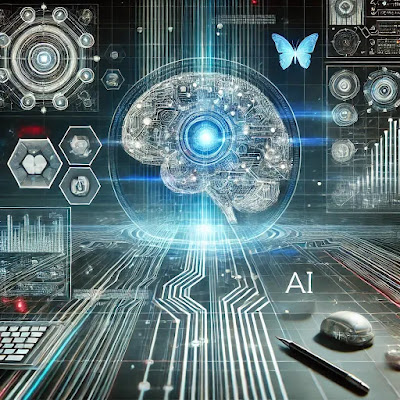Cryptocurrency mining is the backbone of decentralized digital currencies like Bitcoin and Ethereum. It involves solving complex mathematical problems to validate transactions and secure blockchain networks while earning crypto rewards.
Why Cryptocurrency Mining is Important?
- Secures Blockchain Networks: Ensures the integrity of decentralized systems.
- Creates New Coins: Mining generates new cryptocurrencies.
- Decentralization: Eliminates reliance on central banks.
- Financial Opportunity: Miners earn digital assets as rewards.
- Supports DeFi Ecosystem: Powers decentralized finance (DeFi) applications.
Types of Cryptocurrency Mining
1. Bitcoin Mining
- Uses Proof of Work (PoW) consensus.
- Requires high-powered mining rigs (ASIC miners).
- Block reward: 6.25 BTC (as of 2024), halving every 4 years.
2. Ethereum Mining
- Transitioning from Proof of Work to Proof of Stake (Ethereum 2.0).
- Requires GPUs for mining.
- Staking replaces traditional mining for ETH.
3. Altcoin Mining
- Coins like Litecoin, Dogecoin, and Monero use alternative algorithms.
- Some use GPU mining, while others support CPU mining.
4. Cloud Mining
- Rent mining power from large farms.
- No need for expensive hardware.
- Providers: Genesis Mining, Hashflare, NiceHash.
5. Staking (Proof of Stake - PoS)
- Earn rewards by holding and locking coins.
- Used by Cardano, Solana, and Polkadot.
- Requires minimal hardware compared to PoW mining.
How to Start Cryptocurrency Mining
1. Choose the Right Cryptocurrency
- Bitcoin: High mining difficulty, requires ASIC miners.
- Ethereum (before full PoS transition): GPU mining.
- Altcoins: Lower difficulty, varies by coin.
2. Get Mining Hardware
- ASIC Miners: Bitmain Antminer, Whatsminer.
- GPU Miners: NVIDIA RTX series, AMD Radeon.
- CPU Mining: Used for privacy coins like Monero.
3. Select a Mining Pool
- Pool mining increases rewards and reduces variance.
- Top mining pools: F2Pool, Slush Pool, Antpool.
4. Install Mining Software
- Bitcoin Miners: CGMiner, BFGMiner.
- GPU Miners: NiceHash, PhoenixMiner.
- Altcoin Miners: XMRig (Monero), lolMiner.
5. Configure & Start Mining
- Set up mining software with wallet address.
- Monitor temperature, power consumption, and performance.
Challenges of Cryptocurrency Mining
- High Energy Consumption: PoW mining consumes massive electricity.
- Expensive Hardware: ASIC and GPU prices fluctuate.
- Network Difficulty: Increased mining competition reduces rewards.
- Regulatory Uncertainty: Some countries ban or restrict mining.
- E-Waste Concerns: Short hardware lifespan contributes to waste.
Future of Cryptocurrency Mining
- Green Mining Solutions: Renewable energy-powered mining operations.
- Proof of Stake Growth: More networks adopting PoS over PoW.
- AI Integration: Advanced mining algorithms optimizing efficiency.
- Decentralized Mining Pools: Reducing centralization risks.
- Quantum Computing: Potential impact on blockchain security.
Conclusion
Cryptocurrency mining plays a vital role in blockchain security and digital asset creation. Whether mining Bitcoin, Ethereum, or altcoins, understanding the best practices and risks involved is essential for profitability.
Interested in crypto mining? Choose the right hardware, join a mining pool, and start earning digital assets today!
